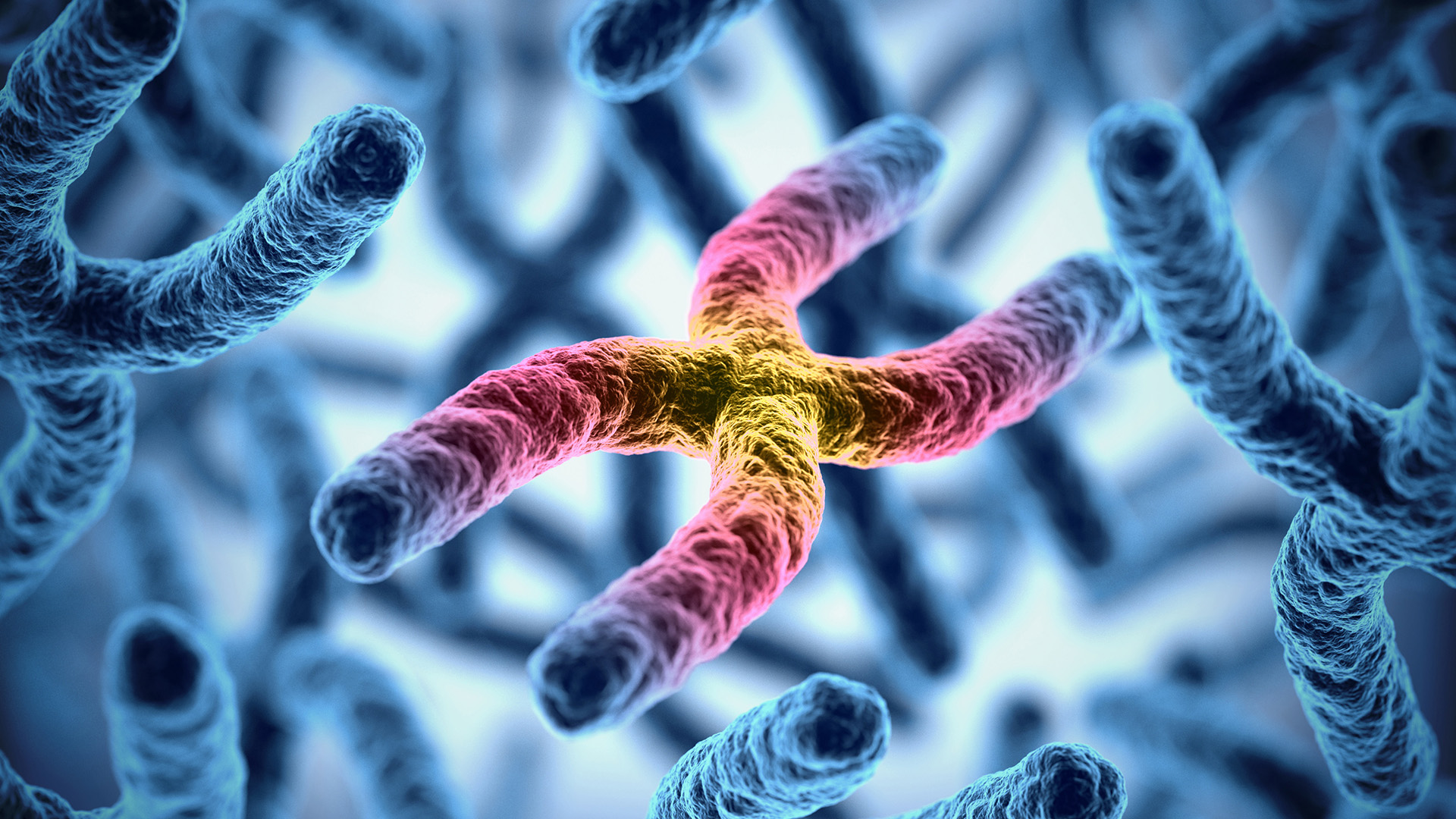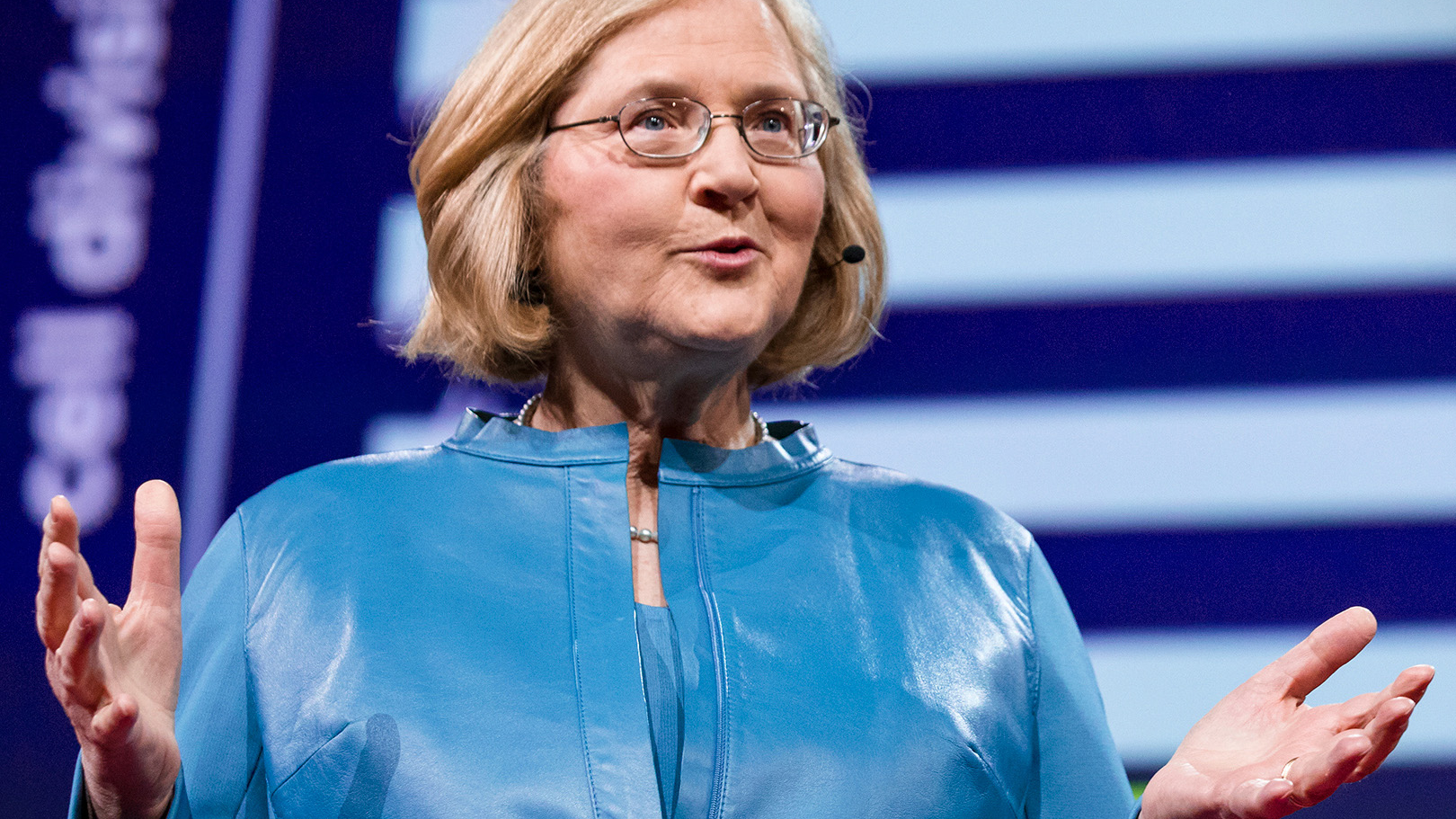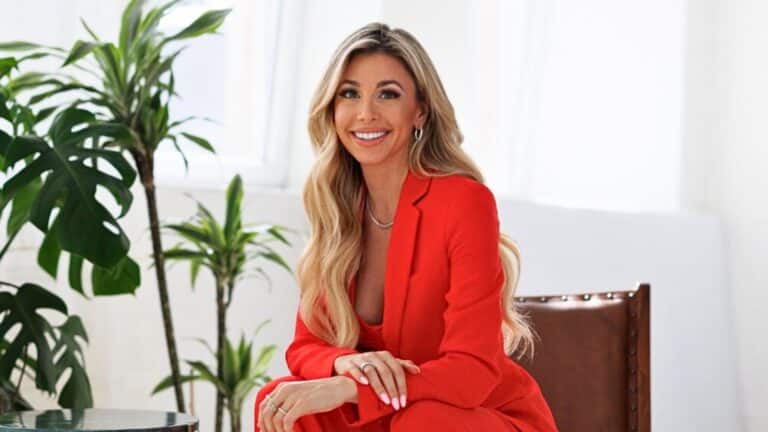We all find it easy to think of aging as the number of candles on our birthday cake, but we also know it’s not that simple.
What is really happening at the cellular level? And how important are those changes compared to outward signs like wrinkles or grey hair? External signs aside, aging is happening to all of us, inside and out. How we approach the very concept of aging can change both our happiness as well as the actual aging process itself.
Aging seems to be noticed most easily on the outside, even if it’s not the whole picture. Since grey hair can start appearing in one’s 20s or one’s 50s, it is hardly a good benchmark. And wrinkles? Facial wrinkles can appear on thinner skin in lean folks not long after age 30, which is hardly a birthday present most of us would welcome.
On the inside, there is a lot going on at the cellular level, none of which is as visible as a head of white hair. This is an important part of aging that we’ll talk about today. In this article, you’ll learn how internal mechanisms play a huge role in those driving those external signs of aging, and how everything is connected by lifestyle and environmental factors.
And yet, your own attitude and acceptance of an ever-changing body is just as important to a healthy lifespan as mechanical changes.
Aging is so much more than that number on your birthday card! By the end of this article, we hope you’ll realize that aging is not something to be feared but rather embraced.
Cellular Aging: Your Internal Calendar
Aside from those outward signs of aging that we know and recognize—thinner skin and additional blemishes, changes in body composition, the need for reading glasses, and more—there is so much more to aging going on inside your cells. Cellular aging is the driver of senescence, and it is crucial to understand how all of this works and what—if anything—you can or should do about it.
Aging and senescence are closely related terms; senescence is defined by Oxford as “the condition or process of deterioration with age”. This sounds circular, but hang on. The word aging can just mean your calendar age, but the process of senescence absolutely includes the idea that things are deteriorating. You can age in number but have little to no functional losses. And it is those losses we’ll be discussing here: how they begin, accelerate, and manifest in the body.

Factors that Influence Aging: Telomeres, Mitochondria, and Inflammation
There are many suspected agents that contribute to cellular aging, but three are crucial and the research is constantly improving as we learn more. Let’s cover each, so you know the lay of the land: telomeres, mitochondrial function, and inflammation.
- Telomeres. One of the most well-known associations with aging are structures called telomeres (and their length). Telomeres are protective caps made of repeated segments of DNA at the ends of your chromosomes. Telomeres protect the main information in your chromosomes in the way that the little plastic cap at the end of your shoelaces keeps them from unraveling. As a person lives their life, telomeres are gradually shortened by what amounts to cellular wear and tear. Once they are gone, gene errors can accelerate wildly and start to trigger disease and other physical malfunctions. The loss of telomeres also is correlated with the end of your “health span”, which we’ll cover below.
- Mitochondrial Function. Every one of our cells runs on little “batteries” called mitochondria. They can become damaged from free radicals and other environmental toxins like air pollution and even stress, and will start to wear out and even leak, just like an old alkaline battery you found in that flashlight under the bed. Not good!
- Inflammation. This is a huge area of research right now, with implications in nearly every disease state from chronic problems like Crohn’s to MS to Alzheimer’s. Essentially, inflammation in your bodily tissues—caused by stress, wear and tear to those telomeres and mitochondria, and even environmental toxins—puts your body into a constant low-grade emergency condition that is unfavorable for a healthy system. It would be like driving your car around with the parking brake on. And dirty oil. All the time.
There is also one more new potential area of research into aging and lifespan: neuron excitability and activity. Years ago, there was a similar-sounding theory that we all have a fixed number of heartbeats, and once those were gone, you’re done. This theory has been disproven (and even if true, the idea that you shouldn’t exercise in order to “save” your heartbeats is mathematically backward, because athlete’s resting heart rates are low enough that it more than offsets for the increased heartbeats while working out).
However, there’s something new that seems similar but has to do with your neurons: the activity of your neurons could contribute to aging. In this theory, the more your neurons are in an excitable state, the quicker they will stop working properly. There needs to be a bit more research on how we might actually be able to influence the level of neuron activity on purpose, but it is still an interesting new theory to add to the mix.
Lifespan: Longer Is Not Always Better
In our radical medical advances in the last century, we have enabled humans to live longer and longer. We all probably know at least one person who has had some kind of major surgery in their 80s—an undertaking and recovery process unheard of generations ago.
First, let’s talk about the differences between lifespan and healthspan.
Lifespan – Healthspan = Disease Span
Elizabeth Blackburn has done decades of research on how telomeres are affected by environment and lifestyle, winning a Nobel Prize in medicine for her work in 2009. She says that telomeres are an important part of what we call our healthspan, “We all have healthspans – the number of years we remain healthy, active and disease-free – and the shortening of our telomeres contributes to aging and our entry from healthspan into disease-span.” Disease-span is the gap between one’s healthspan and lifespan.
For example, if your lifespan ends up being 91 years, but your health span is over at 73, your body is moving into a nearly 2 decade-long period of declining health, chronic disease, and suffering from that ill-health.
“Healthspan – the number of years we remain healthy, active and disease-free – and the shortening of our telomeres contributes to aging and our entry from healthspan into disease-span.”
– Elizabeth Blackburn

It is this gap that creates a huge amount of suffering, pain, and medical expense as we humans get older and older, already having exhausted our ability to have a healthy body. And it is a gap that we’d love to find ways to minimize to avoid all of that difficulty, both for us and for our loved ones. We all have a part to play in understanding our options as our bodies age.
What Doesn’t Work: Avoid These If You Want Real Results
There are a few well-known but unproven or unnecessary interventions aimed at healthy aging. You can probably find a few more of your own, but we’ll mention a few recently in the popular media.
- Young Blood. There was a theory that transfusions with younger blood would positively affect one’s risk for Alzheimer’s. This turned out to be wishful thinking, with the FDA stating that their benefits have little proof to make the treatment worthwhile.
- Supplementation with Resveratrol: this supplement still has some potential benefits, but the cost is high and it can actually make the outcome of some cancers worse. A summary in Nature Magazine lays out the small benefits and the larger caveats.
- Brain Training through games: sure, those memory games are fun, but they primarily train you to get better at that game alone, not stop the decline of your general cognitive abilities. Undark science website outlines the research on brain training.
What Works: The Healing Power Within Us
Many of the options for slowing down your rate of cellular aging are simple and well-known, and a few are new and pretty exciting.
Blue Zones Project has done some amazing work in looking at the habits that correlate with long health-spans in communities all over the world. Their factors are called the Power 9, and include some tried and true basics like: simple real food, engagement with a social community, good sleep habits, mental rest such as meditation, and time in the outdoors, amongst others. Yet sometimes they seem hard to fit into our lives. The research is abundant about many of these interventions and how they can influence telomere length. Meditation has been shown to measurably increase telomere length, and persist after the participants’ retreat was over. When the intervention is as fulfilling as meditation, it makes sense to add the practice to your life and future health span.
And then there’s optimism. Think of the most cheery person you know. They often seem far younger than their years, wouldn’t you agree? Aging well in 2020 could very well consist of both mental and physical healthy habits. There’s even research to back up the benefits of an optimistic personality, showing a correlation between optimistic life attitudes and healthier and longer lives.
How about what’s new and pretty exciting in anti-aging? Pay attention to your NAD+ system. Innovative Medicine has an in-depth article about this whole concept and how NAD+ works in your body, but essentially it is an enzyme responsible for shutting off cellular processes that might cause damage.
Negative lifestyle factors can contribute to a deficit in this critical enzyme, but research is starting to show that NAD+ can be replenished through targeted infusions. Far from a drug, adding more NAD+ back to your body is a therapy based on nutrients rather than compounds unknown to your body. We’re excited about this research and it’s potential to benefit many.
Age Beautifully, Naturally
How can we age “beautifully”, but without harsh interventions or pharmaceuticals? Let’s look for ways to put forward your best healthy self, naturally. Start with exercise, nutrition, and mental maintenance therapies like breathing practices. Then be open to regenerative options that help your body heal itself rather than masking the signs of aging completely. These can include NAD+, laser therapies (high RF), facial and skin plasma treatments, and even nutritional supplements like fish oil and Vitamin D.
What Works Best: Embracing The Natural Cycle of Life
The idea that Elders are part of the community with wisdom and a better way to view life has faded from recent generations. We might do well to bring back this practice, and recognize the natural evolution of ourselves as we gain life experience. Even the most hard-charging and cynical 40-year-old businessperson tends to soften their attitude as they approach or pass retirement age. When we see this change in others, embrace it rather than taking the common reactionary stance, “you’ve gotten soft!”.
In addition to emotional changes, our body’s changes are something to take a kind approach to. Natural aging includes that grey hair and some wrinkles, yes. It can also include getting a little “soft” in the body, but feeling an acceptance with our changing bodily vessel is just as important as what you do “to” your body on the outside. Again, meditation can help immensely here, whether it is simple concentration and focussed sitting or a full-on retreat to connect with others or even using “death meditation” to help with your knowledge that this life must end. Tibetan Buddhists have been practicing the latter for hundreds of years, building acceptance and equanimity.
Gratitude helps, too. Having a curiosity about your health and yourself as you change is the basis for Grateful Aging, a project to guide us all to shift fear of aging into inspiration for living well.
You Have More Control Over Aging Than You Think
This basic overview of the mechanisms of cellular aging and senescence and how your actions have an effect should have given you a few things to consider in your daily life. Embracing a holistic life from rest to family to food is something we already know we should do. And our culture has a lot of advice on how to incorporate these practices into your life, whether you make it a New Year’s resolution or you start where you are, right now. Authors Susan Saunders and Annabel Streets put together a fantastic list of tips and guidance for all of us.
Now that you know how your actions directly affect your healthspan, it starts to make everything feel a bit more urgent, and that’s not a bad thing at all. From meditation to simple foods to keeping informed, you have the chance to make a difference for years and decades to come.
Here at Innovative Medicine, we want you to slow down, breathe, and enjoy your amazing life for what it is, and what it can be. With your curiosity and our resources, it’s going to be a wonderful journey.
* Disclaimer: The statements made in this article have not been evaluated by the Food and Drug Administration. Any products or treatments mentioned are not intended to diagnose, treat, cure, or prevent any disease. Please consult a licensed medical practitioner for medical advice. At Innovative Medicine, we believe in transparency. We want you to know that we may participate in affiliate advertising programs pertaining to products mentioned herein.





